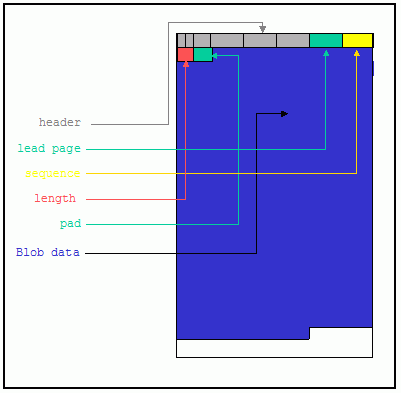


It’s part of most people’s set of utilities because they upgraded from an earlier version of Windows to Win10. Photo Viewer has an interesting history in Windows because it was included with Windows 7 and Windows 8, but is not technically part of Windows 10. Tip: If you double click and it opens Photos, you’re good to skip straight to the next section. So we’re going to just quit the program and open up the TIFF image with something else… The problem is that Windows Photo Viewer is really good at letting you enjoy slide shows, but it can’t do much of anything else. Here’s my TIFF file info, utilizing the album cover of a great old Tomita electronica album:ĭouble click on that TIFF image and odds are good it’ll open with the default Windows app for the format, Windows Photo Viewer… Since your PC doesn’t show file suffixes in most situations, you can hover your cursor over the file icon to find out more about it. Let’s have a look! OPENING UP A TIFF IMAGE IN MICROSOFT PHOTO VIEWER
#Xnconvert blp cursor 0x0x0 not a picture how to#
As you’ve learned, your PC is pretty adept at opening up all these different image formats, but it’s not at all obvious how to convert from one to another.Īnd yet, it’s surprisingly easy once you know which program you need to utilize. The most popular image formats nowadays are still JPEG (Joint Photographic Experts Group) and GIF (Graphics Interchange Format), along with PNG (Progressive Network Graphics), but plenty of others still exist too, including HEIC (High Efficiency Image Container) and, yes, TIFF (Tagged Image File Format). One reason is that different formats offer a different balance of compression and fidelity (smaller size produces lower image quality but faster network transmission) but there are also a lot of licensing issues, where companies have to pay fees to include some image formats. You might be tempted to think that after all these decades of computers with graphics and with billions of customers, all these companies would have gotten together and figured out a single unified graphics format.


 0 kommentar(er)
0 kommentar(er)
